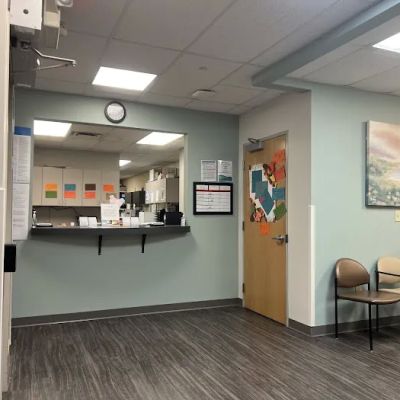- 1 - Why Blood Thinners Are Prescribed in Modern Medicine
- 2 - How Blood Thinners Work to Protect Your Health
- 3 - The Different Types of Blood Thinners Explained
- 4 - Real Stories That Show the Importance of Blood Thinners
- 5 - Risks, Precautions, and Safe Use of Blood Thinners
- 6 - Daily Life Tips for Patients Taking Blood Thinners
- 7 - Finding Professional Support and Resources You Can Trust
1 - Why Blood Thinners Are Prescribed in Modern Medicine
Doctors prescribe blood thinners to reduce the risk of dangerous clots forming inside the body. Clots can block blood flow to the brain, lungs, or heart, leading to life-threatening events like strokes, pulmonary embolisms, or heart attacks. For patients with conditions such as atrial fibrillation or a history of clotting disorders, blood thinners can be a critical line of defense. Understanding the reasons behind these prescriptions helps patients feel more confident in following their treatment plans.

2 - How Blood Thinners Work to Protect Your Health
Understanding blood thinners: why and how they work starts with knowing that they don’t actually “thin” the blood. Instead, they interfere with the body’s clotting process. Some prevent platelets from sticking together, while others slow the chemical reactions that cause clots to form. By doing so, blood thinners allow blood to flow smoothly, reducing the chances of dangerous blockages without affecting oxygen delivery throughout the body.
3 - The Different Types of Blood Thinners Explained
There are two main categories of blood thinners: anticoagulants and antiplatelet drugs. Anticoagulants, like warfarin or newer options such as apixaban, slow down clotting proteins in the blood. Antiplatelet medications, like aspirin or clopidogrel, prevent platelets from clumping together. Both types serve unique purposes, and the choice depends on a patient’s medical history, age, and risk factors. Knowing the differences allows patients to ask informed questions during doctor visits.
4 - Real Stories That Show the Importance of Blood Thinners
A widely discussed case involved a professional athlete who returned to competition after a blood clot diagnosis thanks to timely use of blood thinners. In another story, a retiree credited her medication for preventing another stroke after suffering a minor one years earlier. These stories highlight how, despite potential side effects, blood thinners save lives daily. They also remind us that treatment is not just about medicine—it’s about giving people the freedom to continue their lives with confidence.
5 - Risks, Precautions, and Safe Use of Blood Thinners
Like all medications, blood thinners carry risks. The most common concern is excessive bleeding, which can range from nosebleeds to more serious internal bleeding. Patients are often advised to avoid activities with a high risk of injury and to notify healthcare providers before surgeries or dental work. Regular checkups and blood tests help ensure the dosage remains safe and effective. By understanding both the benefits and risks, patients can better manage their health while on these medications.
6 - Daily Life Tips for Patients Taking Blood Thinners
Practical lifestyle adjustments make a big difference for those on blood thinners. Eating a balanced diet, being mindful of foods rich in vitamin K (which can affect some medications), and avoiding excessive alcohol all help maintain balance. Patients should also carry a medical ID indicating they are on blood thinners, ensuring quick and safe treatment in emergencies. These everyday steps transform what may seem like a daunting treatment into a manageable routine.
7 - Finding Professional Support and Resources You Can Trust
Navigating treatment with blood thinners can feel overwhelming without guidance. This is where trusted resources matter. HeartCare Hub provides reliable information, recommended products, and professional insights tailored for those managing heart and circulation health. With the right support, patients can focus less on fear and more on living fully while protected by their medication.





















Daniel M. Sauri, MD
blood pressure 136/56
800 Biesterfield Rd, Elk Grove Village, IL 60007, USA